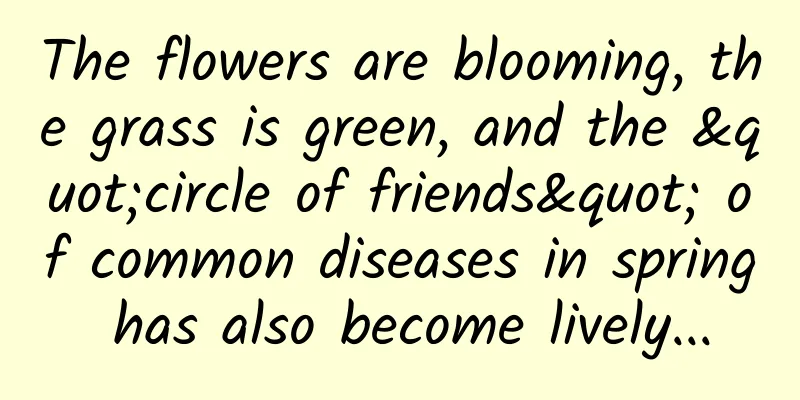Life-saving medicine or harmful poison, what exactly is the red yeast rice that has become a hot topic?

|
Red yeast rice, a fermented product with a long history, is mainly produced by fermentation with microorganisms of the genus Monascus. Its main products are red yeast rice, brewed red yeast rice, red yeast rice wine, red yeast rice pigment, etc. Among them, brewed red yeast rice is made from rice, wheat, wheat and other grains, inoculated with Monascus purpurogenus for fermentation and culture. The product is red solid particles, and is mainly used as a starter for products such as rice wine, vinegar, and fermented bean curd. Red yeast rice is a food additive made from rice using fermentation and culture of Monascus purpurogenum. It is in the form of red granules (or powder made from granules). Monascus red is a food additive produced by using liquid culture medium with rice and soybean as main raw materials, which is fermented in liquid state by Monascus, extracted, concentrated and refined; or it is produced by using red yeast rice as raw material, which is extracted, concentrated and refined. Functional Red Yeast Red yeast rice products contain a variety of pigment ingredients. Depending on the wavelength of the maximum absorbed light, these pigments can appear red, orange and yellow. They can be used to color food and meat products. In addition, red yeast rice products have a variety of health benefits. The active ingredients in red yeast rice include Monacolin K (also known as lovastatin), a substance that lowers blood cholesterol and is beneficial to cardiovascular health. Different strains of Monascus have different abilities to produce pigments and lovastatin. In addition, red yeast rice has a variety of effects such as lowering blood sugar, lowering blood pressure, anti-oxidation, anti-bacteria, and anti-tumor. Monascus products have many benefits, but some Monascus will produce natural toxins that may cause some adverse reactions, such as abnormal liver function, hepatitis, cirrhosis, etc. Therefore, national standards such as the "National Food Safety Standard Food Additives" stipulate the limit standards for fungal toxins such as citrinin in Monascus products. Monascus products that meet the relevant product requirements can be safely consumed and used. Author | Wang Xu (Senior Laboratory Technician, Chinese Society of Microbiology) Audit Expert | Zheng Yu (Professor of School of Bioengineering, Tianjin University of Science and Technology) The pictures are all from the Internet. If there are any copyright issues, please contact us |
>>: [Health Lecture] Stop sneezing with "spring" and say goodbye to allergic rhinitis
Recommend
How to treat 2nd degree cervical erosion
Cervical erosion is actually a gynecological dise...
Why does a woman feel pain when pressing her lower abdomen?
The reasons for abdominal pain in women are the m...
How can women know their ovulation period?
If women want to get pregnant successfully, they ...
Leucorrhea with blood streaks just after menstruation
If there is blood in the leucorrhea, it is usuall...
【Popular Science Classroom】Understand the signs of schizophrenia and its prevention and treatment
...
Why does a woman's belly suddenly become bigger?
The lower abdomen is a very important part of the...
Pleural Friction Rub: Small Details with Big Impact
Pleural friction sound: big health in small detai...
Can outsiders in Wuhan leave the city during the epidemic? How can outsiders in Wuhan leave the city?
We all know that the new coronavirus is a new typ...
What happened to the Converse mini program? When will the Converse mini program be fixed?
What happened to the Converse Mini Program? Today...
What causes excessive vaginal discharge during the luteal phase?
The corpus luteum is the most important reproduct...
Can I take a medical examination during my menstrual period?
Competition in today's society is very fierce...
Daily protection of diabetic foot
This is the 5374th article of Da Yi Xiao Hu...
Can I have sex at 14 weeks of pregnancy?
After a woman becomes pregnant, she will have to ...
How to speed up the opening of the cervix during uterine contractions
Women will experience uterine contractions when t...
What are the differences among blood lipid 2 items, blood lipid 4 items and blood lipid 7 items? How to choose?
Hyperlipidemia is an independent risk factor for ...









